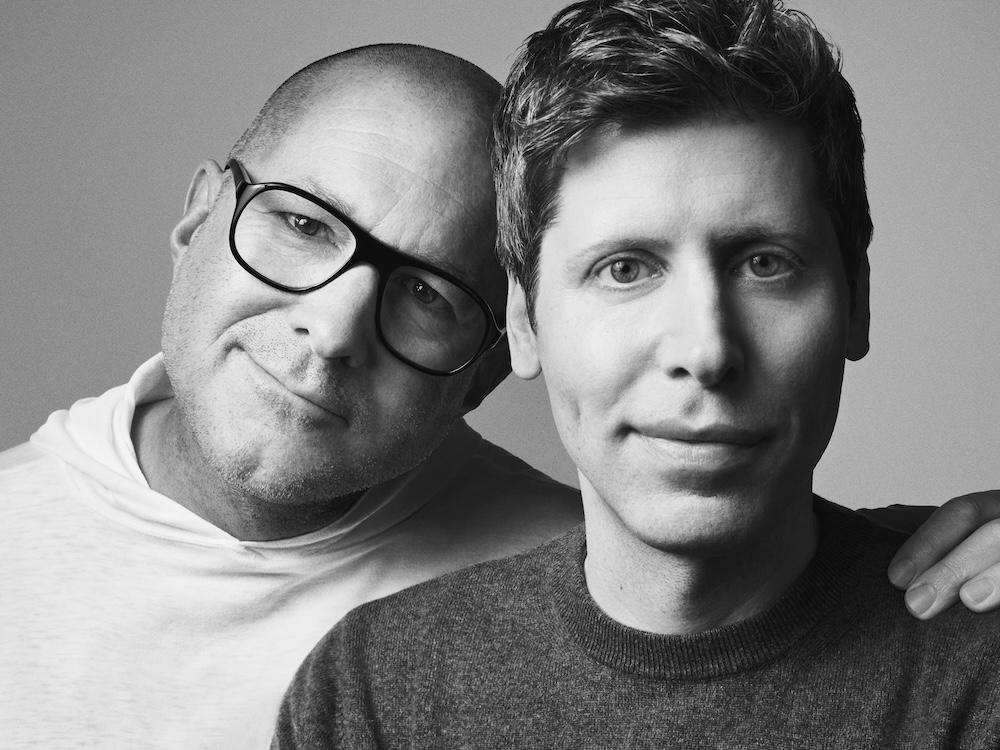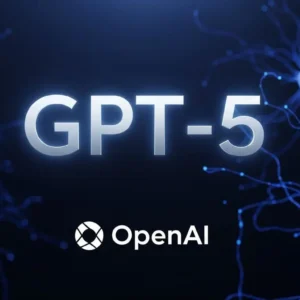On May 22, 2025, OpenAI made headlines by acquiring the hardware startup io for a staggering $6.5 billion. What makes this deal even more interesting is that legendary designer Jony Ive is now part of the team. Ive is known worldwide for his work at Apple, where he helped design the iPhone, Apple Watch, and iMac. Now, he’s joining OpenAI to lead the design of their new AI-based devices.
This move signals a big shift for OpenAI. While the company is well-known for software tools like ChatGPT, it’s now stepping into the hardware world. The goal? To create beautiful, powerful devices that are powered by artificial intelligence. With Jony Ive onboard, expectations are high that these gadgets will not only be smart but also stylish.

The Vision: OpenAI Moves Beyond Software
For years, OpenAI has been a leader in artificial intelligence research and software development. Millions of people use their tools, such as ChatGPT, for writing, coding, learning, and more. But until now, OpenAI has mostly focused on software. With the acquisition of io, that’s changing.
OpenAI’s CEO Sam Altman said he’s “thrilled” to work with Jony Ive and that this is the start of building the next generation of AI computers. Altman believes the future of AI is not just about apps or cloud services—it’s also about physical products that blend hardware and intelligence.
Here’s what this means in simple terms: OpenAI wants to make new kinds of computers or devices that are powered entirely by AI. These devices might be used for communication, work, creativity, and everyday tasks. They will likely understand natural language, respond quickly, and offer advanced features that current devices can’t.
Jony Ive’s Track Record and Role at OpenAI
Jony Ive is one of the most respected designers in the world. He worked at Apple for over two decades and led the design of many of its most successful products. Some of his major contributions include:
- The iPhone, which changed mobile phones forever
- The iMac, known for its unique and colorful look
- The Apple Watch, which became a top smartwatch in the world
His designs are famous for being clean, simple, and user-friendly. That’s why tech enthusiasts are so excited to see what he’ll create at OpenAI. With his creative vision and design expertise, OpenAI’s upcoming devices might not just be powerful—they could also be beautiful and easy to use.
Ive’s new role at OpenAI shows that design is a top priority in this new chapter for the company. It’s not just about what the devices do—it’s also about how people use them and how they feel using them.
A New Rivalry in the Tech Industry
With this move, OpenAI is stepping into territory currently led by tech giants like Apple, Google, and Microsoft. These companies are already working on adding AI to their devices. Apple, for example, has made the iPhone and Mac smarter with each update.
But OpenAI’s entry brings something new to the table. They’re building devices from the ground up with AI at the center. Instead of adding AI features to old products, they want to create entirely new kinds of devices. This could lead to more natural interaction between humans and machines—like talking to your computer the way you talk to a person.
This new competition might push all tech companies to move faster and be more creative. And in the end, it’s the users who will benefit from smarter, more helpful devices.
What’s Coming Next From OpenAI and Jony Ive?
While OpenAI hasn’t yet revealed what their first product will be, many people believe they’re already working on prototypes. The combination of OpenAI’s software and Jony Ive’s design could result in a completely new type of computer or gadget.
Here’s what we might expect:
- A device that understands your voice and gestures
- A tool that helps with daily tasks using AI
- A stylish product that fits naturally into your life
This is not just about smart assistants or phones—it’s about rethinking what a computer can be.
Why This Matters for Everyday Users
This news is exciting not just for tech insiders, but for everyone who uses technology. OpenAI’s move into hardware means there could soon be new tools that are smarter, faster, and easier to use. These devices might help with work, school, creativity, and more.
Also, having someone like Jony Ive involved means the design of these products will likely focus on simplicity and comfort—things that matter a lot to everyday users.
The next few years could bring big changes to how we interact with technology. If OpenAI succeeds, we might all be using AI-powered devices that feel as natural to use as talking to a friend.
Conclusion
OpenAI’s acquisition of io and the addition of Jony Ive is a major step toward blending artificial intelligence with hardware in a new way. With this $6.5 billion investment, the company is betting on a future where devices don’t just run AI—they are built for AI from the start.
As we wait for more details, one thing is certain: the future of technology just got a lot more interesting. OpenAI is no longer just a software company—it’s aiming to change how we use and experience intelligent machines every day.
Reference Links
OpenAI Buys io – TechCrunch
Jony Ive’s Apple Design History – Apple Insider
Sam Altman’s Comments on X – X.com








